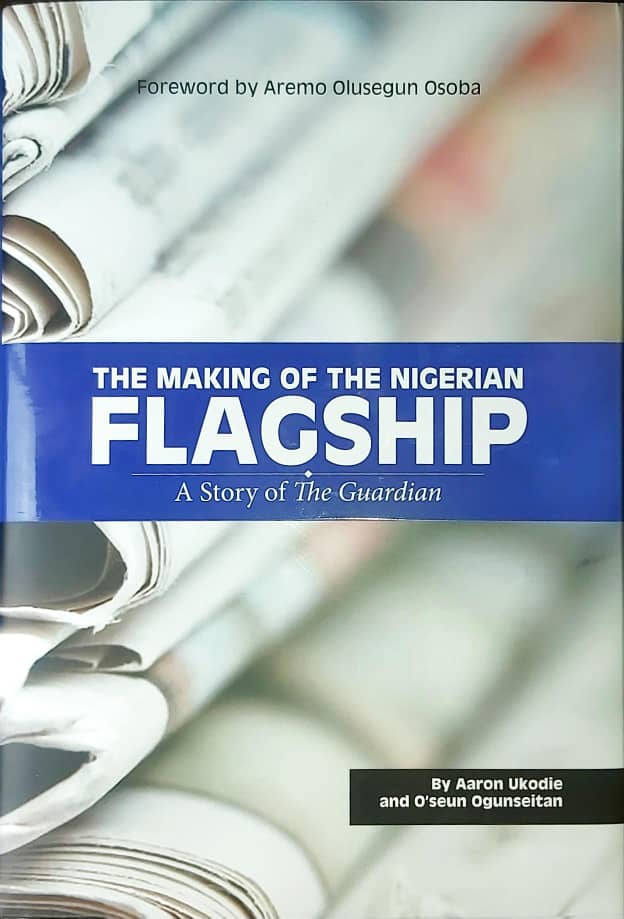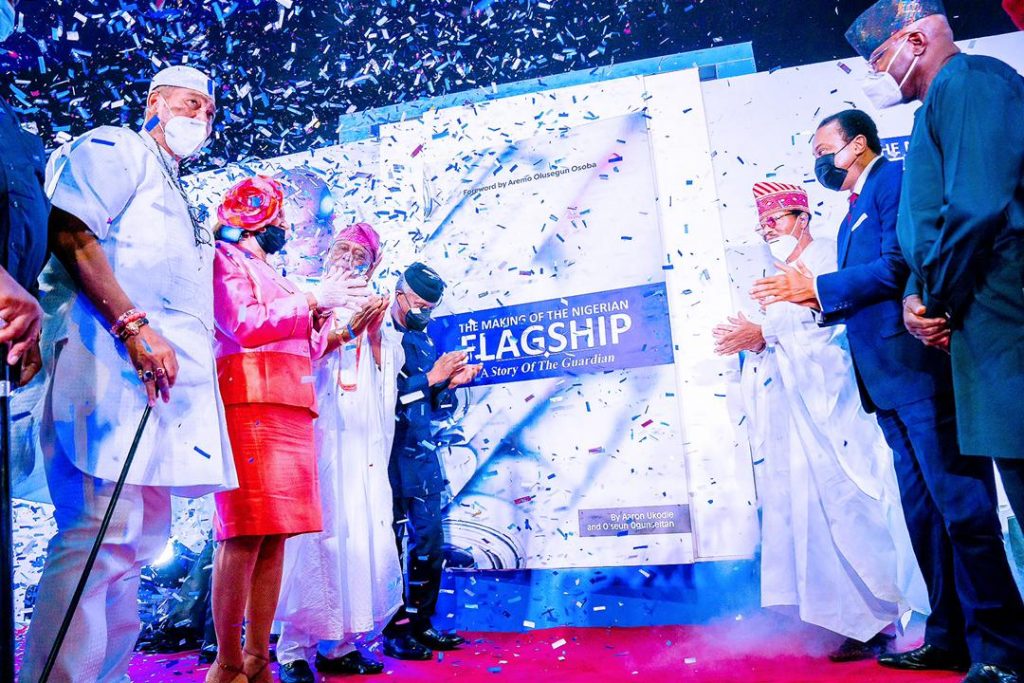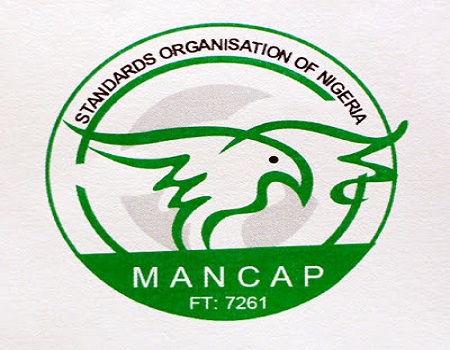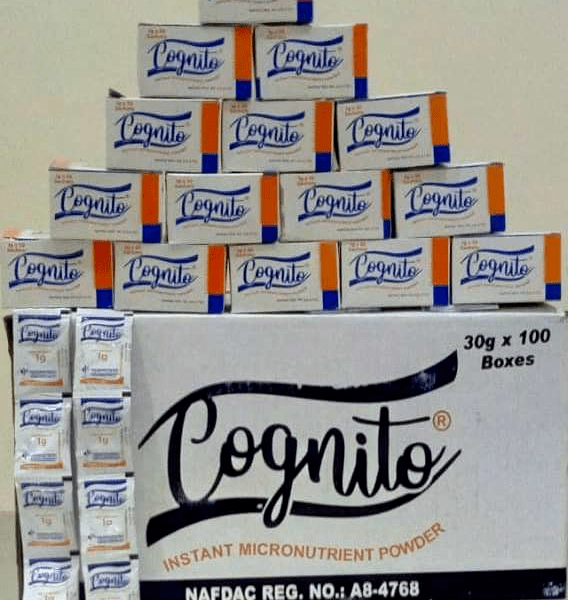The launch on 8 April 2021 of The Making of the Nigerian Flagship: A Story
of The Guardian is significant in several respects. One of them is literature
and documentation of the evolution of the Nigerian media.

Just two weeks ago, I taught a class of persons who learnt via Zoom at the
Nestle/LBS programme on Advancing Nutrition, Health and
Environmental Awareness through the Media. One of the participants
asked a critical question. Why do Nigerian scholars often cite foreign
examples rather than local ones?
The answer is a lack of documentation. I told him there was no concise
history of our major media organisations such as The Daily Times, Nigerian
Tribune, The Punch, amongst the oldest. Nor of Radio Nigeria (FRCN) and
the 80s print media giants such as National Concord, Vanguard, Satellite
and The Guardian.
I was glad to ask him to look out for the launch on 7 April of work on The
Guardian. The authors shifted the launch by a day to accommodate
changes in the Presidency.
The challenge of documentation and citation was the most significant
hurdle in teaching Nigerian Media History over four semesters. We often
cite Fred Omu’s Press and Politics in Nigeria and Dayo Duyile’s Makers of
Nigerian Press. I sent out questionnaires to Managing Directors of the
major titles. Only a few responded after three years.
Richard Ikiebe, Lanre Idowu, and Aremo Olusegun Osoba have recently
added arrows to the quiver.

Richard contributed a two-volume book of first-hand accounts by certain
players in Nigerian Media Leaders: Voices Beyond the Newsroom, as well
as Kolade’s Canons with a book devoted to broadcasting, Then, a book
with Taiwo Obe, titled future tense: The Travails of Next and Nigerian
Journalism in the Digital Age.
Lanre Idowu added Uneven Steps: The Story of The Nigerian Guild of
Editors and Voices from Within, essays in honour of Sam Amuka. Osoba
offered a biographical account that included the Daily Times.
Broadcasting has benefited from broad-stroke studies. They include the
essay by Liwhu Betiang (2013), Global Drums and Local Masquerades:
Fifty Years of Television Broadcasting in Nigeria: 1959-2009 and books
such as Folarin, B. (2000). Foundation of broadcasting: A handbook for
Nigerian students, and Lasode, O. (1994). Television broadcasting: The
Nigerian experience, 1959-1992.
The Making of the Nigerian Flagship: A Story of The Guardian represents a
significant plank to document Nigerian media history. It will be essential
reading for students and scholars of the Nigerian media.
Kudos to Aaron Ukodie and O’Seun Ogunseitan for the work on the story of
The Guardian. I shall dig into it for a review on Culture Shelf.
Happy birthday to Aaron as he celebrates today.
Aaron and O’Seun have rendered an excellent service to journalism and
scholarship. At first glance, the book reminds me of Gay Talese’s (1969
The Kingdom and the Power: Behind the Scenes at The New York
Times: The Institution That Influences the World. This work offers a
broader scope.
Thank you to Vice President Yemi Osinbajo, whose presence added heft
and glamour to the event. Prof Osinbajo is a media scholar. His book, Yemi
Osinbajo (1991), Nigerian Media Law, builds on the eponymous Taslim
Elias book.
It was a satisfying day yesterday.
The presence of Prof Osinbajo negated the absence of six governors who
had all promised to come. Maybe the date change affected them, but.





